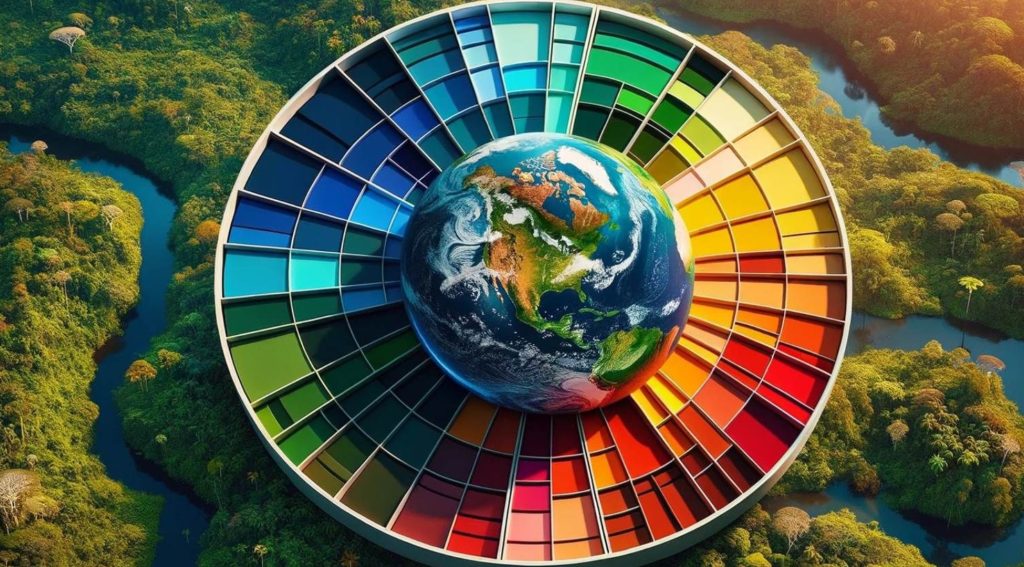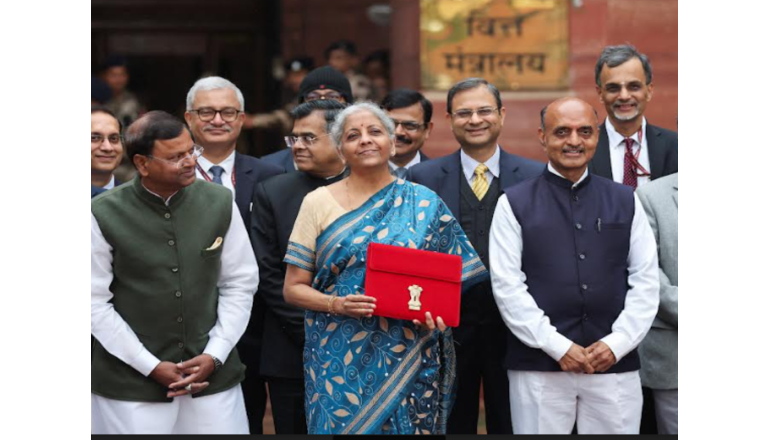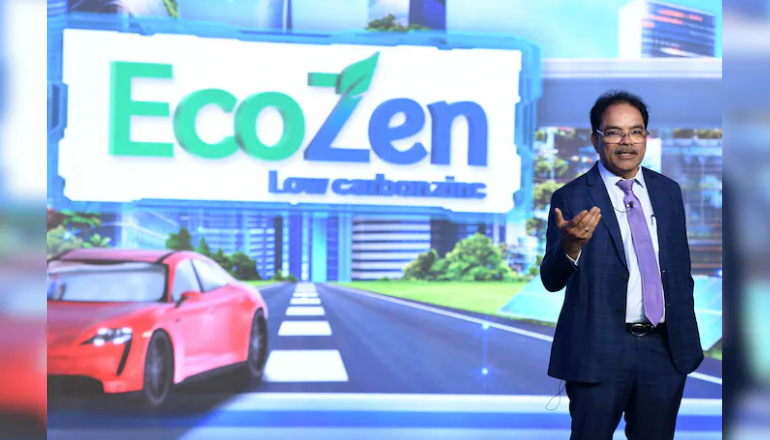In 2015, the world united with a promise to create a better future by 2030 through the sustainable development goals.
or SDGs.
A recent World Economic Forum report reveals a devastating reality: we’re failing. With only five years left, we are on track to achieve just 18% of the SDGs. It’s not just a slowdown; in key areas like poverty and gender equality, we are actually moving backward. The global blueprint for a sustainable future is on a collision course with failure.
The global report card:
The WEF report reveals a startling reality. With just five years remaining, the data paints a sobering picture: only 18% of the 17 goals are on track, while nearly half are progressing too slowly and a fifth are actively regressing.
This assessment highlights the urgent need for a renewed global effort, particularly in the face of ongoing conflicts, climate change, and economic instability.
Key findings:
The report, based on data from 2023 and 2024, identifies critical areas of both progress and severe stagnation. While some gains have been made in health, education, and digital access, major challenges persist.
Poverty and Inequality (SDGs 1, 5, 10): Extreme poverty has only decreased by 1.5 percentage points since 2015, leaving 800 million people still in extreme poverty.
This figure is not projected to improve significantly by 2030. While women’s representation in national parliaments has increased, the WEF’s own data suggests it will take another 123 years to reach full gender parity globally.
Hunger and Food Security (SDGs 2, 12): Nearly 1 in 11 people faced hunger in 2023, and over two billion experienced moderate to severe food insecurity. Despite record agricultural investments, global food prices remain three times higher than pre-pandemic levels, exacerbating food instability.
Health and Well-being (SDG 3): Progress in life expectancy has stalled, with gains from previous decades being reversed during the pandemic. While child mortality has declined by 16% since 2015, 4.8 million children still died in 2023. Immunization programs have not fully recovered from pandemic setbacks.
Education and Digital Divide (SDGs 4, 8, 9): Though school completion rates have risen, progress has slowed. The number of out-of-school children has grown by 3% since 2015, with 36% of school-aged children in low-income countries out of school. A significant digital divide persists, with a 5% gap in internet usage between men and women, leaving nearly 190 million more men connected than women.
Climate and Environment (SDGs 6, 7, 11, 13, 14, 15): While access to safe drinking water and electrification has improved significantly, these gains are threatened by climate change. Temperatures have surpassed the Paris Agreement’s 1.5°C target, and CO₂ levels have peaked, fueling extreme weather events and biodiversity loss.
The critical funding gap:
The report highlights a substantial funding gap as a primary obstacle to achieving the SDGs.
Developing countries face a $4 trillion annual financing deficit, alongside a crippling debt burden of $1.4 trillion. Adding to this challenge, development aid declined by 7.1% last year, with further cuts expected.
Can We Still Turn the Tide by 2030?













